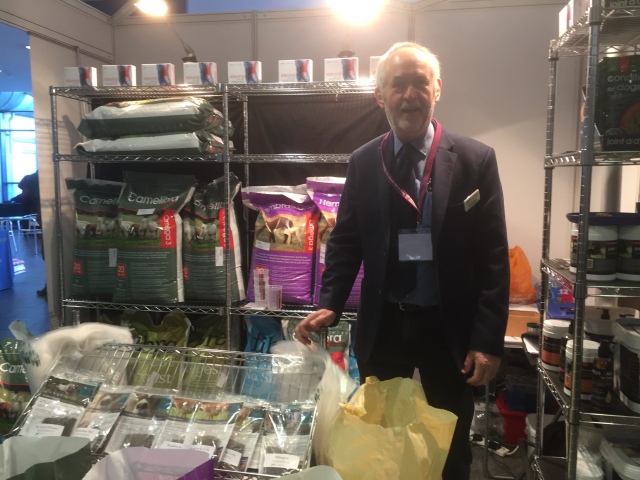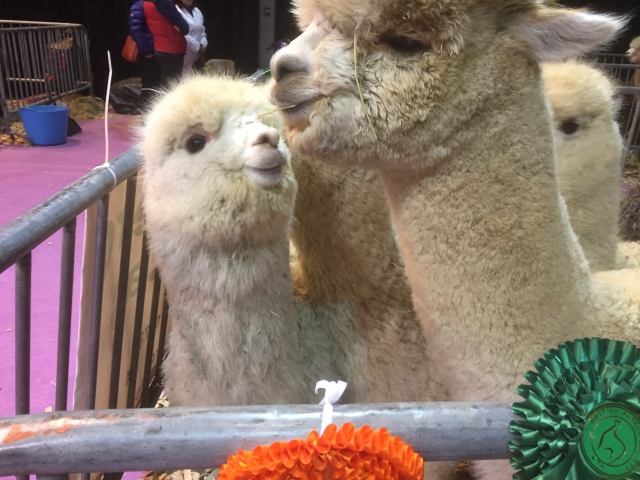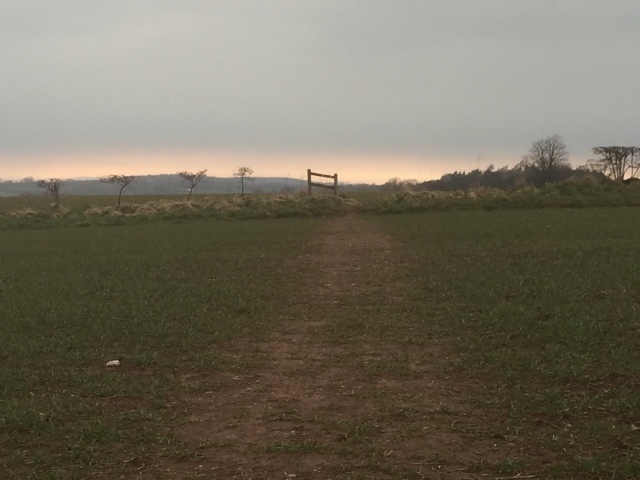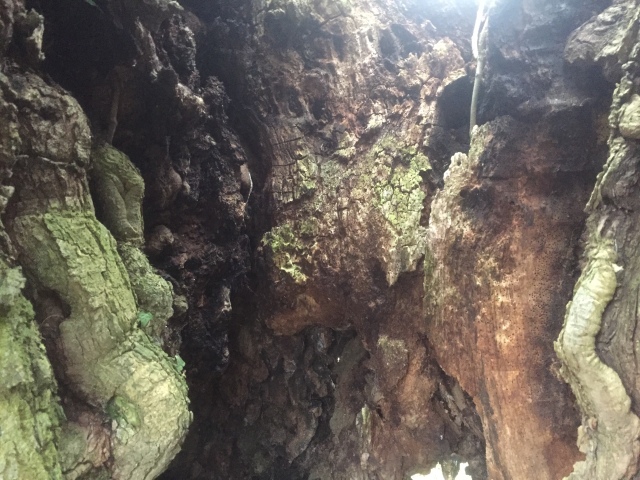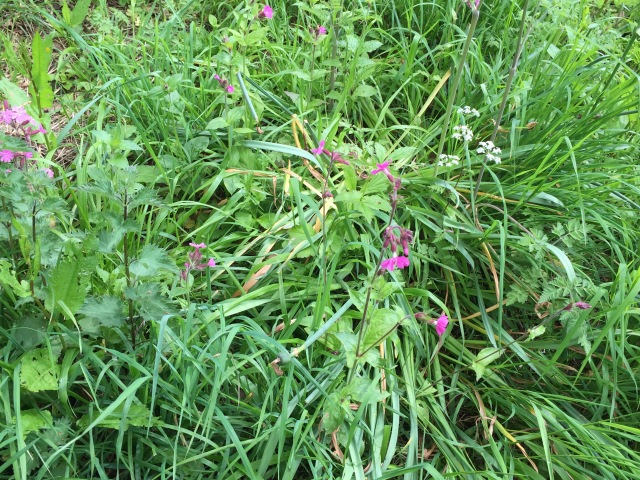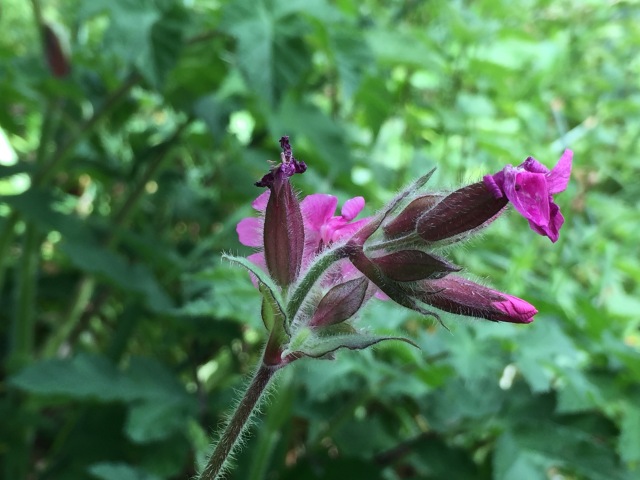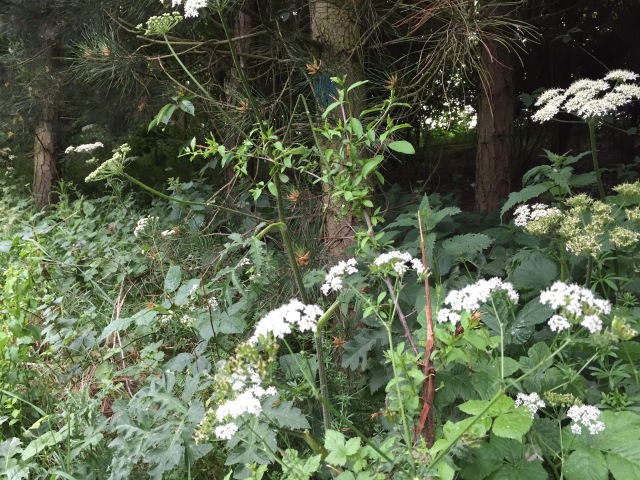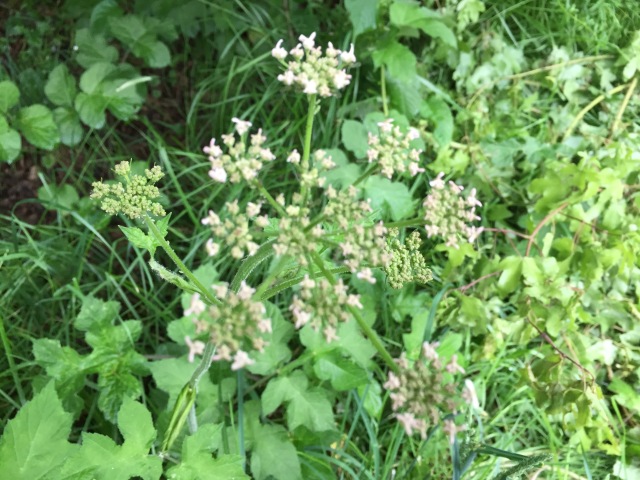What doesn’t kill you makes you stronger; but how aware are you of the hidden dangers of trees?
Don’t panic though; over my next couple of articles I hope to share knowledge that will make time in the forest even safer.

One of nature’s oldest species of tree is yew. It’s a tree that breaks the rules. It’s classed as a conifer but behaves like a broadleaf tree. It has needles for leaves but has fruit instead of cones; its wood is hard, not soft like other conifers; and most importantly for those foraging for food, the needles, wood, bark and seeds are deadly poisonous.
Yew is also useful. Its hard wood is wonderful for making longbows and made England’s medieval archers a force feared by their enemies.
Although naturally it evolved as an understory tree, thriving below the woodland canopy, yew can be found most often in old church yards. It was grown in cemeteries as a source of bow wood, safe from farm animals.

And churchyards are a good place to find yew and learn to recognise it. In autumn look for red fruit (like berries with a hole in the base) on a tree with deep-green 3/4 inch long needles.
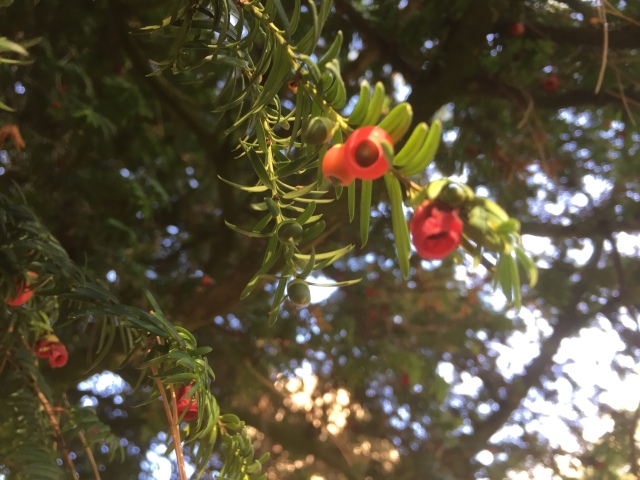
The greatest risks from yew for bushcrafters and survivors are from mistaking the tree for a pine when making needle tea or carving kitchenware from the wood. (I’ve heard of a yew kuksa and it’s owner didn’t know why he had a terrible headache after drinking from it)
Even normally edible fungi such as “Chicken of the Woods” are avoided by foragers when growing on yew, such is the reputation of its toxicity.
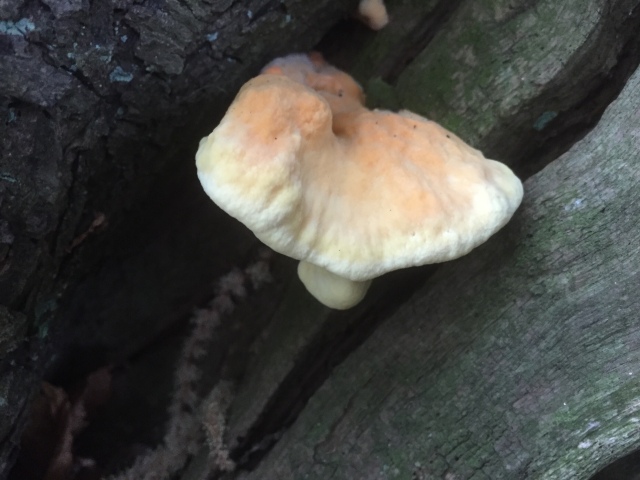
However, treated with respect, yew is a tree we can use. As a raw material for a survival bow, as cover or shelter when out in the woods, it has value. Whether you want to use it or avoid it, learn to recognise it.
Further reading:
Wikipedia: Yew (Taxus baccata)
Mythology and Folklore of Yew : Trees For Life
Richard Head : Making a Longbow (YouTube)
The legal bit
This blog is written for entertainment purposes and is not intended to be an authoritative guide to all aspects of yew trees.
The author advises researching reputable websites and publications for further information.
Do not take trees, plants or wood without the owner’s permission.
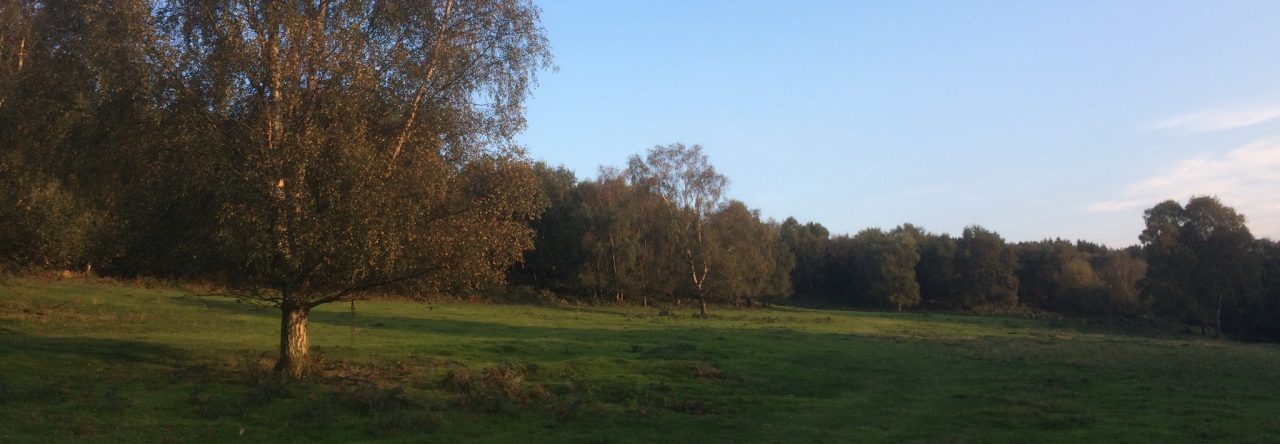





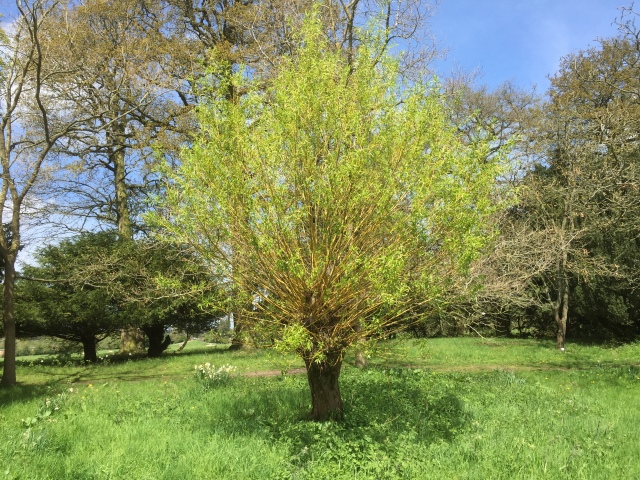







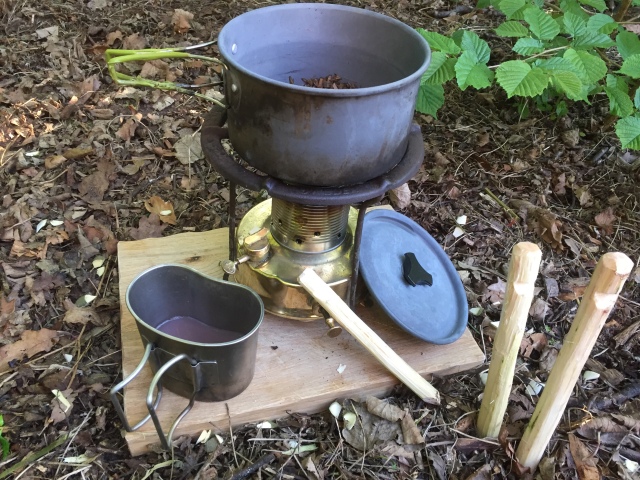


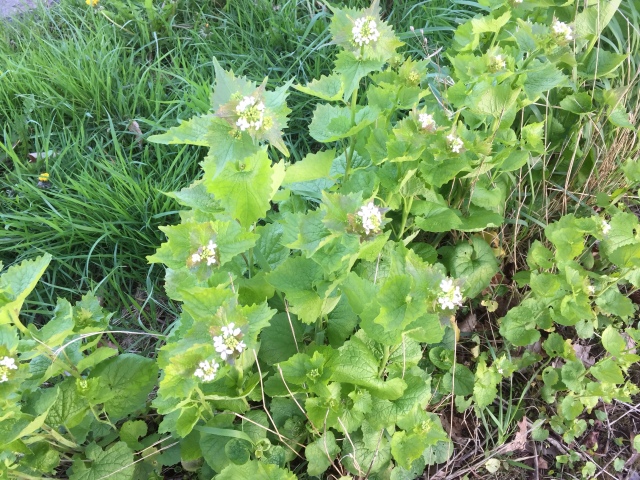

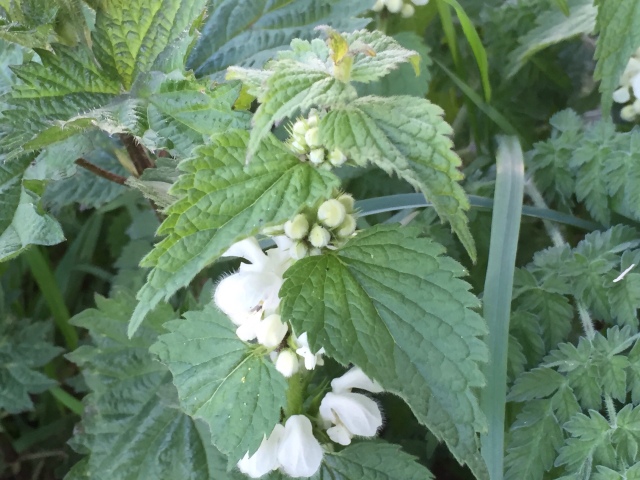



![IMG_4898[1]](https://fieldsandwoods.files.wordpress.com/2018/04/img_48981.jpg?w=640) Field forget me not (Myosotis arvensis)
Field forget me not (Myosotis arvensis)![IMG_4915[1]](https://fieldsandwoods.files.wordpress.com/2018/04/img_49151.jpg?w=640) English primrose (Primula vulgaris)
English primrose (Primula vulgaris)![IMG_4904[1]](https://fieldsandwoods.files.wordpress.com/2018/04/img_49041.jpg?w=640) Dog violet (Viola riviana)
Dog violet (Viola riviana)![IMG_4908[1]](https://fieldsandwoods.files.wordpress.com/2018/04/img_49081.jpg?w=640) Marsh marigold (Caltha palustris)
Marsh marigold (Caltha palustris)![IMG_4903[1]](https://fieldsandwoods.files.wordpress.com/2018/04/img_49031.jpg?w=640) Lesser celandine (Ficara verna)
Lesser celandine (Ficara verna)![IMG_4916[1]](https://fieldsandwoods.files.wordpress.com/2018/04/img_49161.jpg?w=640) Oppsosite leaved golden saxifrage (Chrysoplenium oppositfolium)
Oppsosite leaved golden saxifrage (Chrysoplenium oppositfolium)![IMG_4906[1]](https://fieldsandwoods.files.wordpress.com/2018/04/img_49061.jpg?w=640) Wood sorrel (Oxalis griffithii)
Wood sorrel (Oxalis griffithii)![IMG_4900[1]](https://fieldsandwoods.files.wordpress.com/2018/04/img_49001.jpg?w=640) Garlic mustard (Alliaria petiolata)
Garlic mustard (Alliaria petiolata)![IMG_4899[1]](https://fieldsandwoods.files.wordpress.com/2018/04/img_48991.jpg?w=640) Bluebell (Hyacynthoides non-scripta)
Bluebell (Hyacynthoides non-scripta)![IMG_4911[1]](https://fieldsandwoods.files.wordpress.com/2018/04/img_49111.jpg?w=640)





